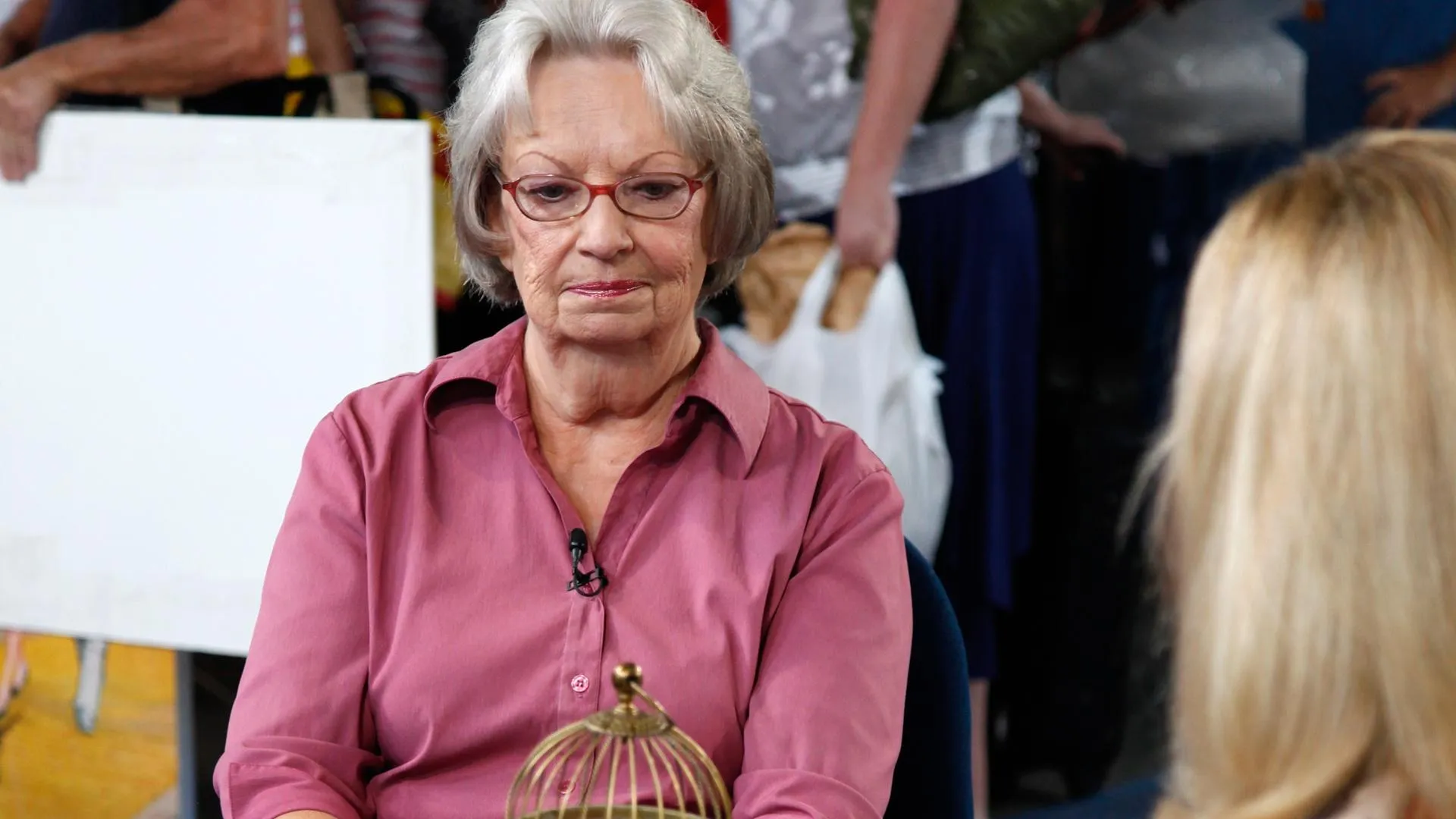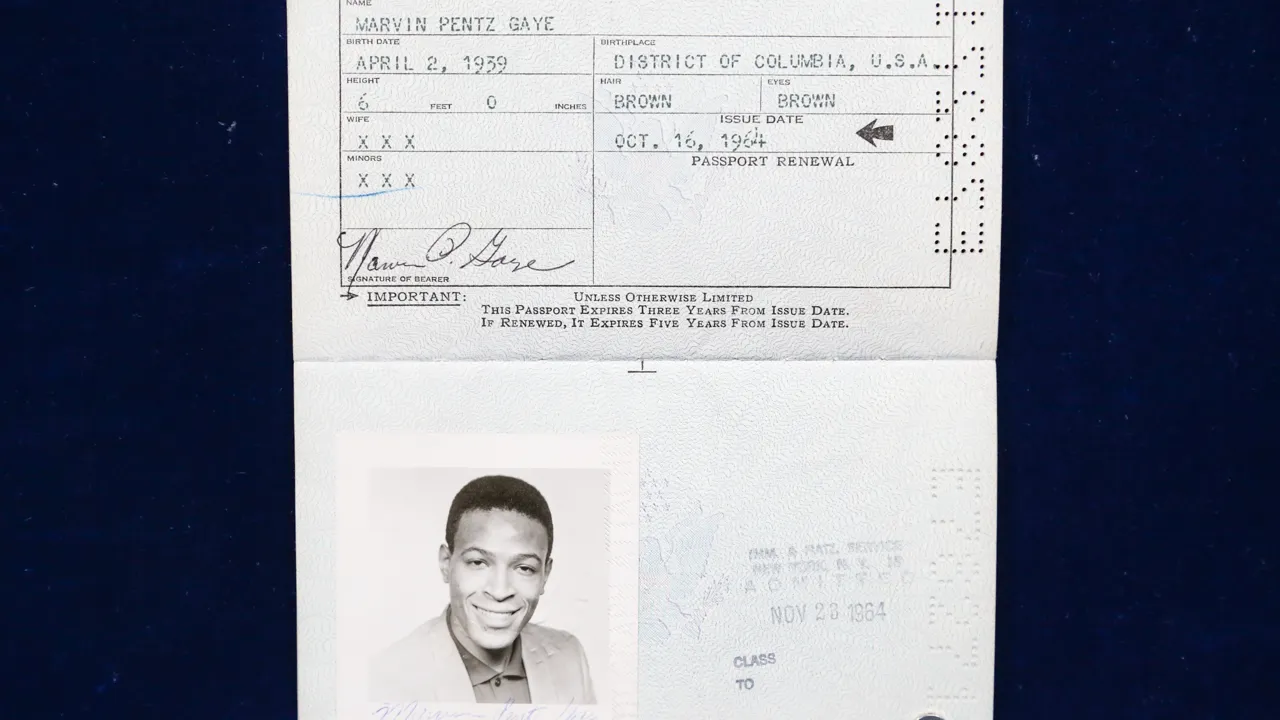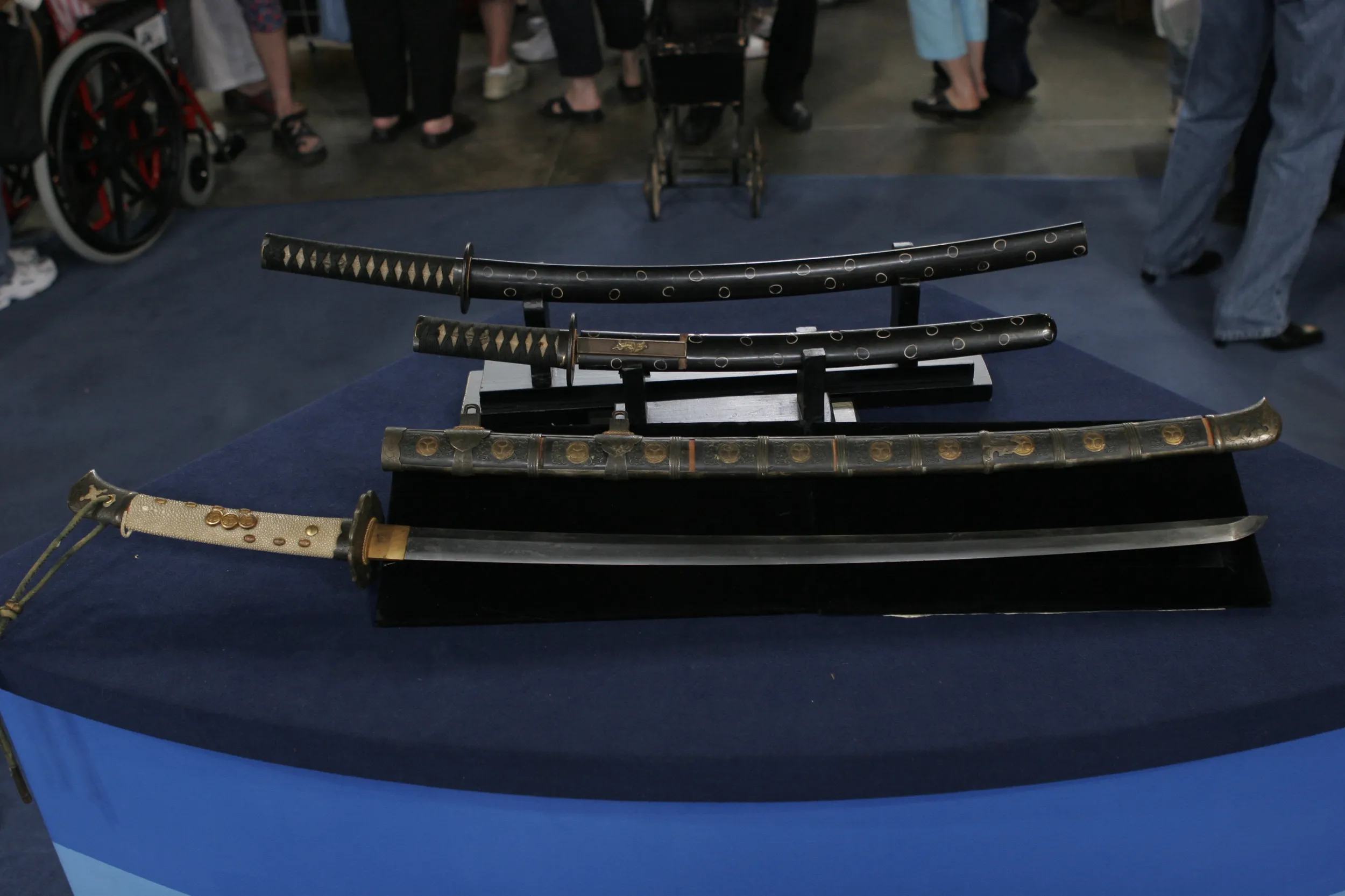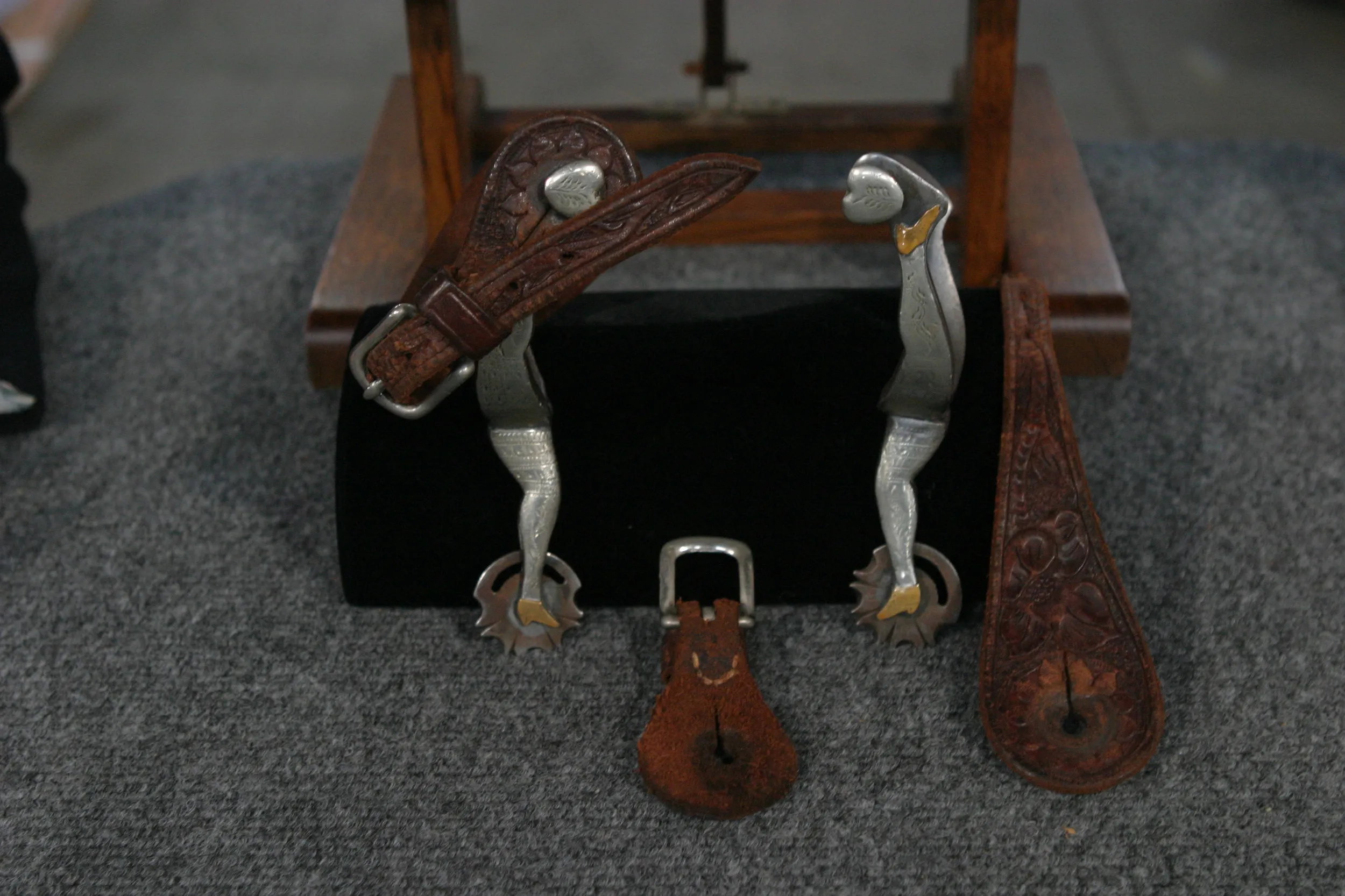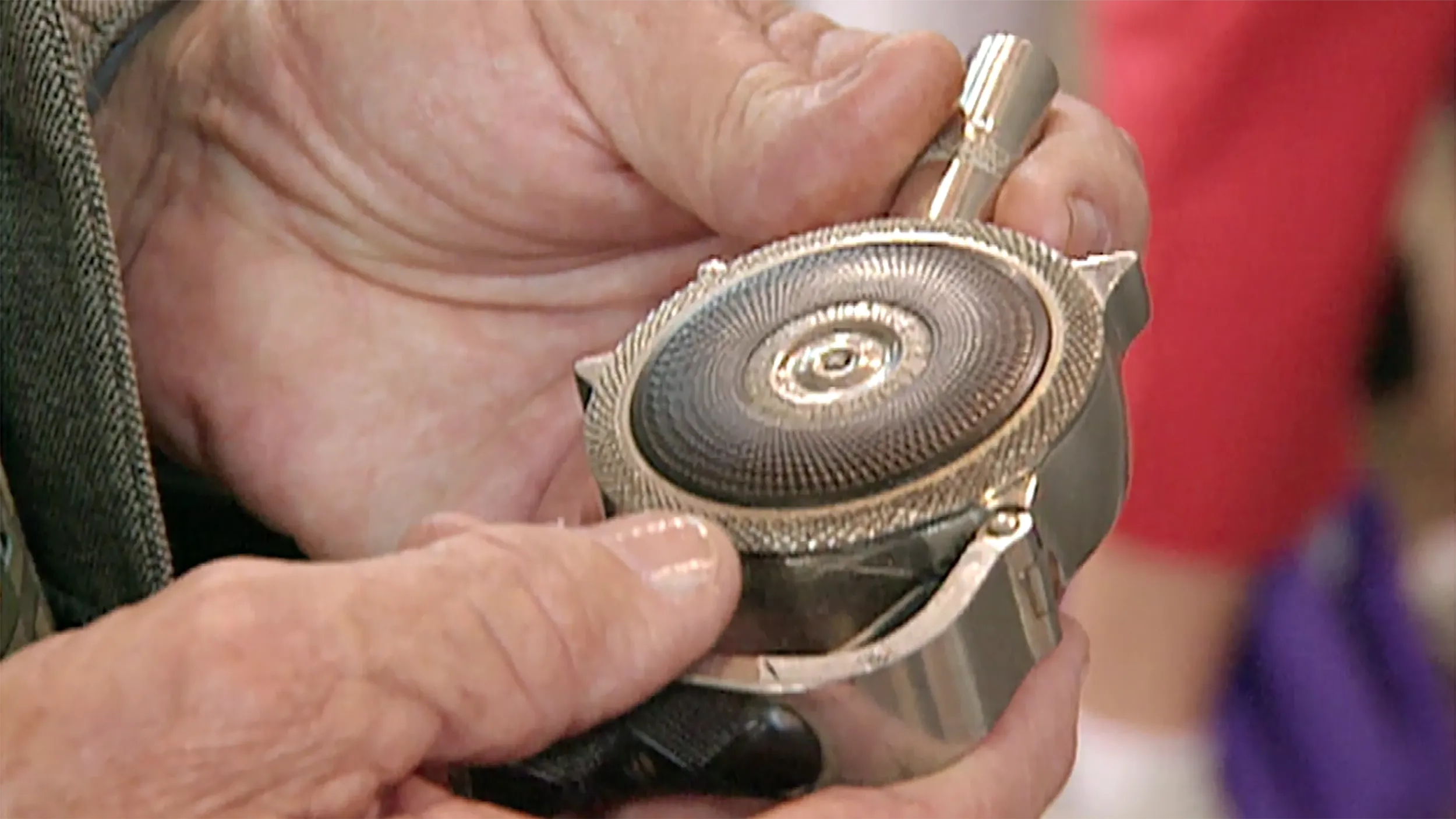GUEST: My uncle played the violin and I think I was earmarked to have this violin as the person to bequeath it to. I got a little violin when I was seven years old, and was coerced into playing-- he dated the violin teacher. So I played all those years, and I started to enjoy it when I was in high school, and then I played it through college, and recently I've just played it in my daughter's preschool and grade school. And last December, I made an attempt to play in a community "Messiah" program.
APPRAISER: Good for you. Tell me a little bit more about your uncle.
GUEST: My uncle played in an orchestra.
APPRAISER: Mm-hmm.
GUEST: And he was an optometrist, and this is what he did on the side for entertainment, and he went on this quest for the best violin he could find.
APPRAISER: Mm-hmm.
GUEST: And I always heard about this great violin, but nobody knew...
APPRAISER: Mm-hmm.
GUEST: ...if it was really great or if that was just a rumor.
APPRAISER: It's from the Gagliano family of Naples, and it dates from about 1800 to 1810. Now, the Gagliano family was a huge dynasty of makers that went from the early 1700s all the way to the late 1800s. They were really the prevailing family in Naples, and with this particular violin, I think that it was probably a collaboration between two generations. The label inside reads "Nicola Gagliano," who was the most famous and maybe the most prolific maker in the family. The work on this violin, I don't see only the hand of Nicola, but I do see the work of his sons Joseph and Antonio. It's worth just a little bit less than if it was purely by Nicola. It's a little bit later than his prime time. The violin is in wonderful condition. It's a typical Gagliano model, a very powerful, broad arching. It projects a huge sound. That's what makes this violin always a favorite for professional players who are kind of on a budget, or just starting. The top's probably made of Italian red spruce. As we go up, we see a lot of wear to the front of the scroll, and that gives us a clue to its age. And we see that on the back, too, where it used to be sliding in and out of the case. It's almost worn flat in that area. But you see the more protected areas are quite crisp and clean. The sides and the back are made of Yugoslavian maple. This is a very high grade of maple, very light and very strong. Best violin-making wood in the world. This is a beautiful two-piece back, and you see a lot of the original varnish still on there. All in all, it's in very, very good condition. Looking at the bow, this bow was made in France at the shop of Jean-Baptiste Vuillaume, who was the most famous violin dealer of his day. He had a whole crew of bow makers, among them, which was his favorite, was FranÁois Nicolas Voirin. All of the bows from Vuillaume's shop have his stamp on them, and the head's bell shape is what helps us to identify it as the early period of FranÁois Nicolas Voirin. And these are the favorite bows of musicians nowadays, because they play fantastically. The way to identify further the origin of this bow is to look at the actual stamp on it. And for that, we have to turn it upside down, because that's the way the French stamp their bows. So, this being an early work of FranÁois Nicolas Voirin, because of its condition-- it's a little bit worn, it's got some cracks in the frog that have been repaired-- I'm going to value the bow at $12,000 to $14,000.
GUEST: Really? (laughs)
APPRAISER: And the violin at $60,000 to $80,000, very conservatively.
GUEST: Really?
APPRAISER: And that would be an auction value.
GUEST: Wow. (laughs) I would have never guessed.
APPRAISER and GUEST: (laughs)

